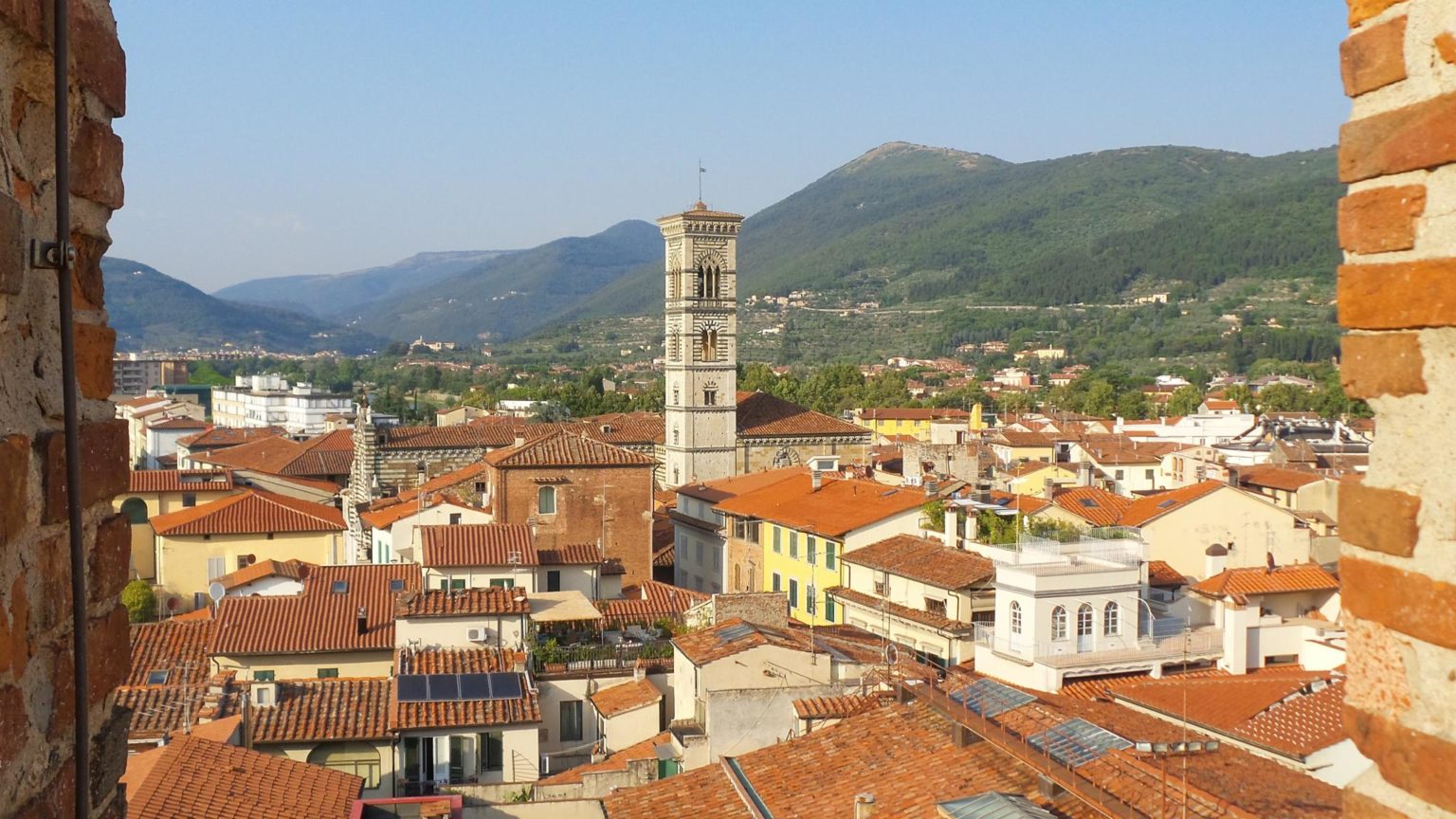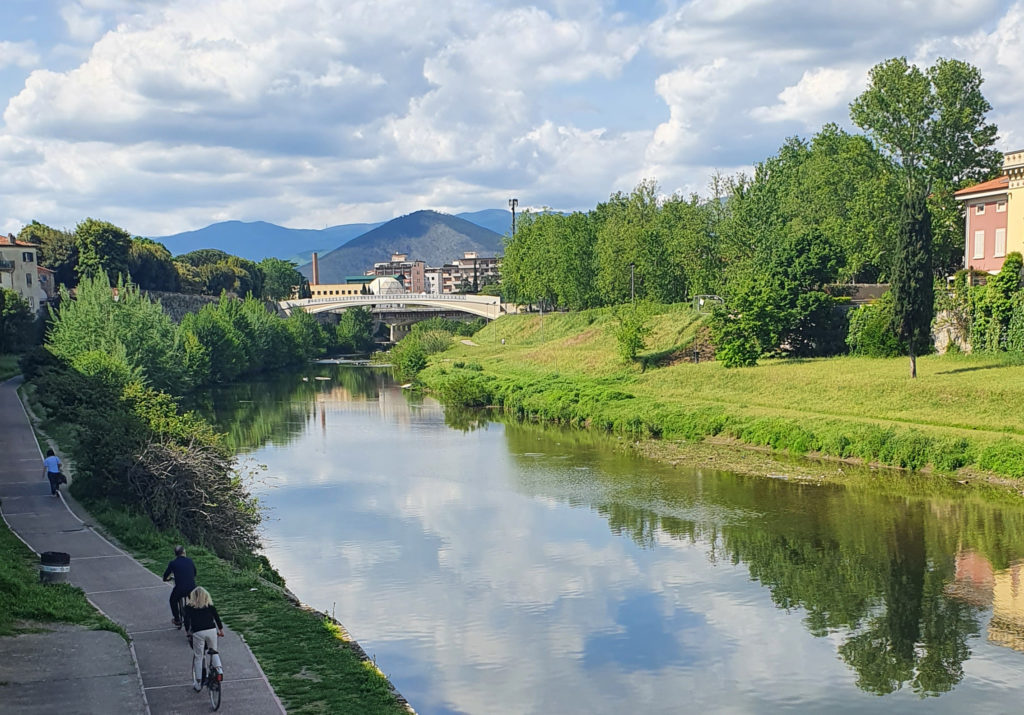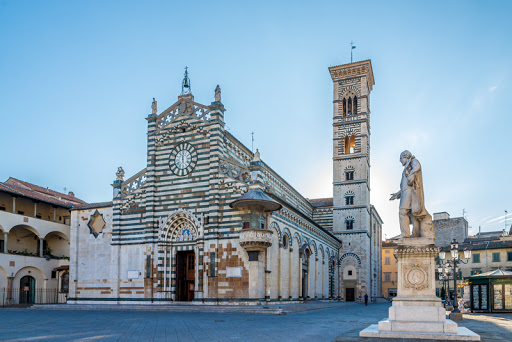

Located at the mouth of the Bisenzio Valley, Prato is the second city in Tuscany, the third in Central Italy (after Rome and Florence) by number of inhabitants. It is located in the heart of the region, close to the most famous cities of art in the world: Florence (Km. 15), Lucca (Km. 50), Pisa (Km. 82), Siena (Km. 79). The tourist offer develops between art, nature, history of textiles; a history still current and around which Prato has grown, built its wealth, developed the values of hospitality and comparison between different cultures.
In a few minutes you pass from dense places of houses and industrial settlements to areas largely covered with woods and, at lower altitudes, from strips of cultivated land.The city of Prato rises in an enviable position: leaning against the slopes of the Calvana and Monferrato mountains, it lies along the plain of the Bisenzio river, halfway between Pistoia and Florence. This aspect makes it a privileged point to set out to discover the city surroundings, which offer the most varied possibilities of visits and excursions, both naturalistic and historical-artistic. In a few minutes from the center you can reach splendid hilly and mountainous areas, choosing between more or less demanding itineraries: from the paths of Monteferrato to those of Calvana and Montalbano, up to those of the Upper Bisenzio Valley where you can access the nature reserve of Cantagallo-Acquerino. In addition to the proximity to Florence, the neighboring municipalities of the Province also present places of considerable interest such as, for example, Carmignano which, in addition to its landscape, historical-artistic and archaeological values, is also well known for its wine production, today protected by the Denomination of Controlled and Guaranteed Origin, Artimino with its marvelous Medici Villa, Cantagallo with the suggestive Rocca di Cerbaia and Vaiano with the Badia di San Salvatore complex

The Emperor’s castle is located in Prato in Piazza delle Carceri, next to the church of Santa Maria delle Carceri. It is an example of Frederick architecture, built by order of Emperor Frederick II of Swabia, as part of the struggle for dominance in Tuscany between the empire and the papacy that characterized the decades at the turn of the 1200s.
After the restoration in the 1970s, the castle was opened to the public and can be visited. It is possible to climb through the ancient spiral staircases inside the corner towers and access the patrol walkway to enjoy the beautiful panorama of the city of Prato. The castle is also used by the municipality as a place for cultural events and events, such as shows, concerts or the so-called “Cinema sotto le stelle”, or a place for film screenings in the summer.

The large Piazza del Duomo has developed in its present form as a function of the Cathedral Basilica of Santo Stefano and allows you to admire, with countless and different points of view, the various parts.
The façade is made with the skilful use of the two-tone alberese and serpentine (called green marble of Prato and present in many churches and buildings throughout Tuscany).
Inside, the Church presents a unitary aspect to be discovered.

The Textile Museum is located in Prato in via Puccetti 3 and is one of the most important at national and European level on the history and development of weaving from antiquity to the present day.

